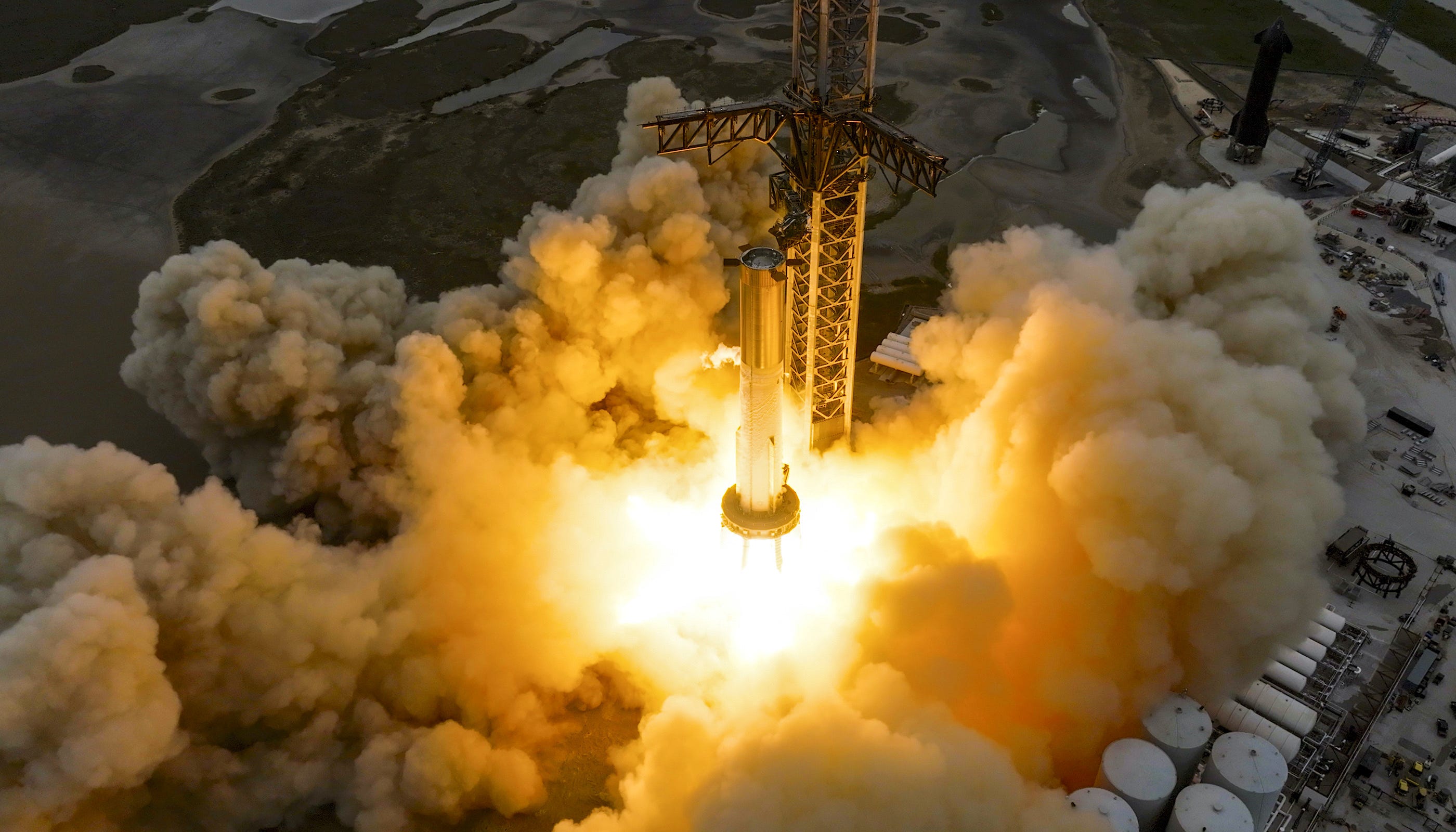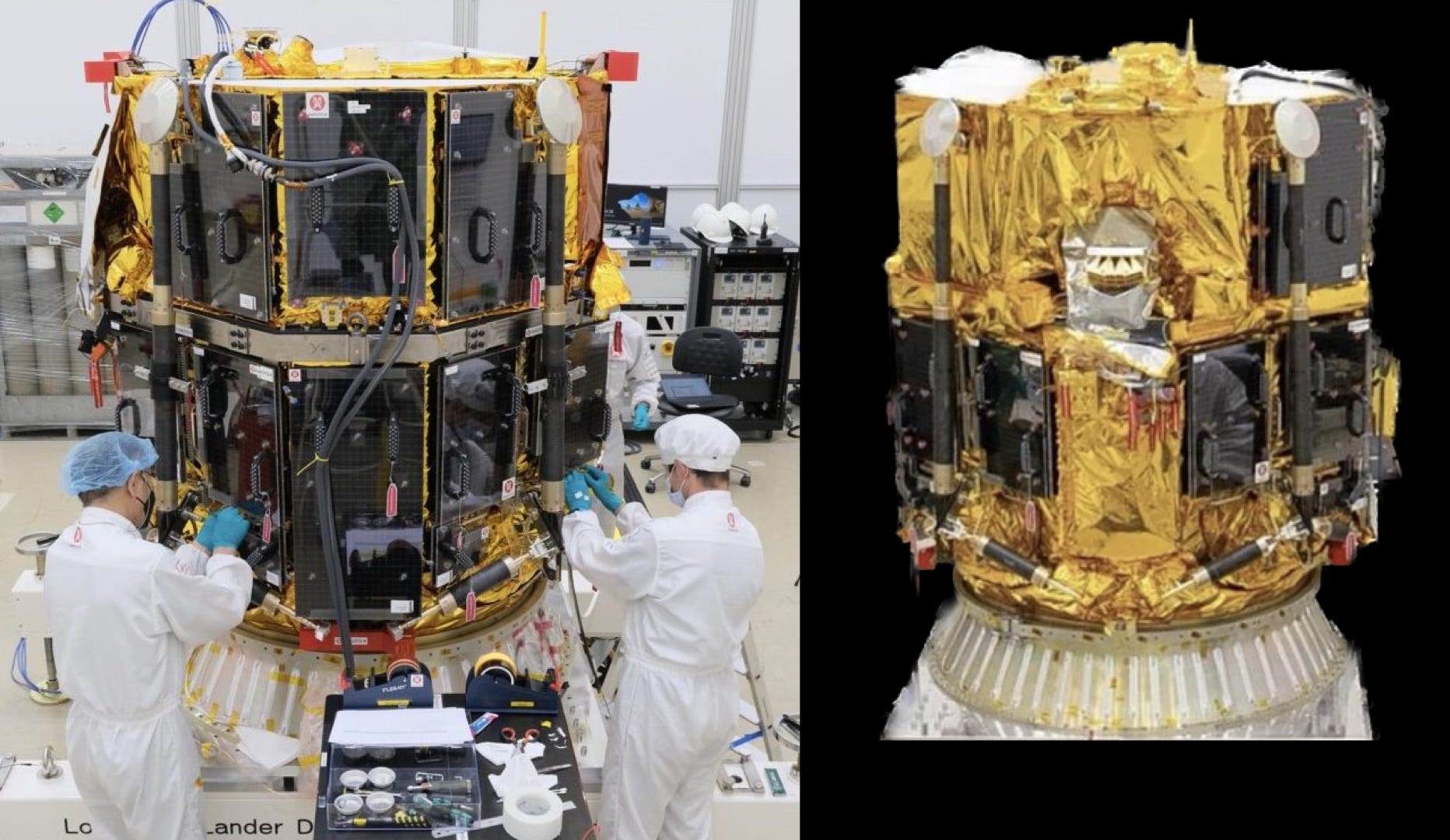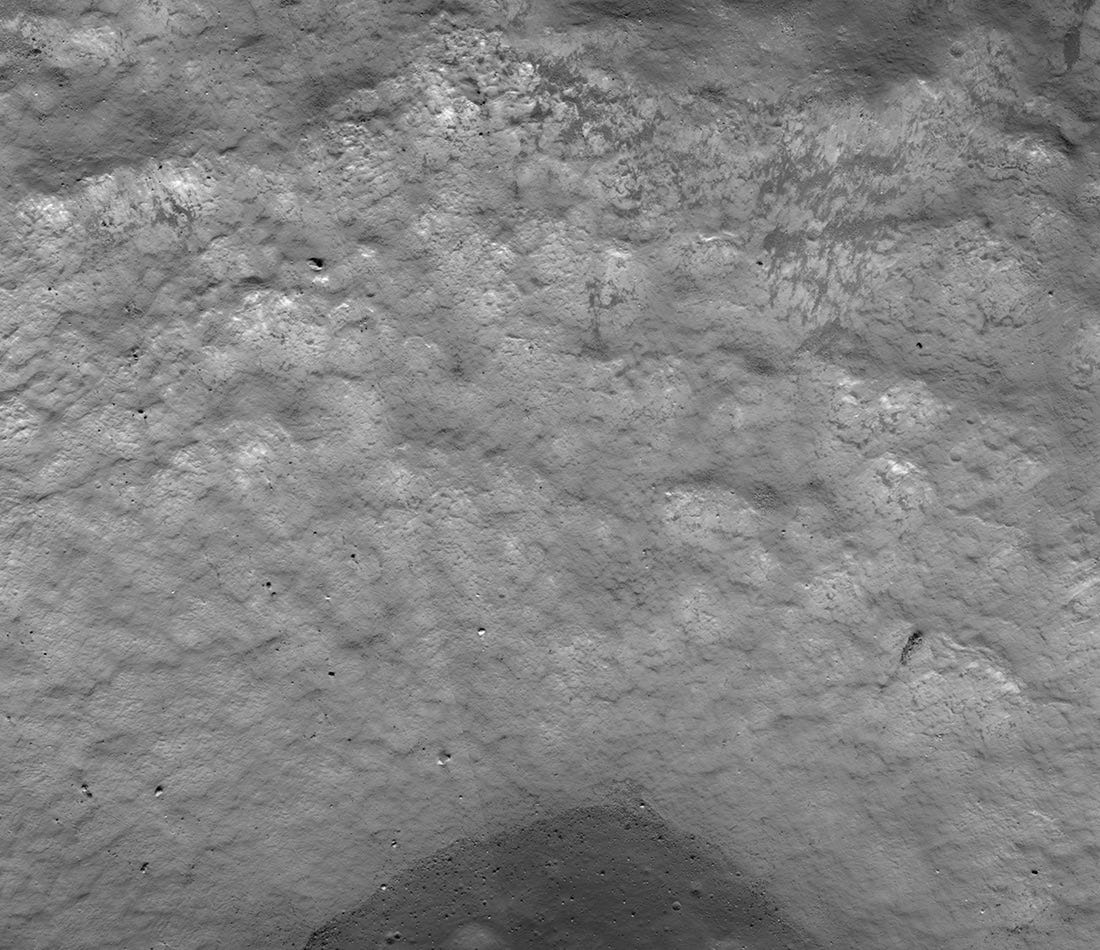Moon Monday #114: Mission updates, ESA-catalyzed lunar landings, Artemis planning, and more
Please consider supporting earthquake relief efforts in Turkey and Syria:
Mission updates

The NASA-funded and Advanced Space-led CAPSTONE lunar orbiter was unable to receive commands from January 26. An automatic command-loss timer rebooting the spacecraft on February 6 resolved the issue. All the while teams have been preparing to have the CubeSat cross-communicate with NASA’s Lunar Reconnaissance Orbiter for demonstrating autonomous navigation in lunar orbit, that is, without relying on Earth’s ground stations. Such a capability will allow for efficient operations in the future when numerous satellites will be Moonbound. CAPSTONE is test-flying the same fuel-efficient Near-Rectilinear Halo Orbit that the NASA-led international Gateway astronaut station will be in later this decade, and the team is publishing papers to that end as the mission goes on. Advanced Space says CAPSTONE has about 56% of its fuel remaining.
NASA’s 14-kilogram Lunar Flashlight CubeSat, intended to study water ice on the Moon’s south pole, sadly cannot enter lunar orbit anymore since 3 of its 4 thrusters remain underperforming. Instead, engineers will now attempt to put Flashlight in a very high Earth orbit that flies over the Moon’s south pole once a month, starting from June, hopefully allowing the spacecraft’s working four-laser reflectometer instrument to achieve at least some of its science goals. LunaH-Map, a NASA CubeSat launched last year to also study the Moon’s south pole, couldn’t get into its desired lunar polar orbit either due to propulsion issues. :(
On February 9, SpaceX successfully ignited 31 Raptor engines on a Starship rocket’s Super Heavy first stage for the intended “full duration” of 15 seconds, clearing the final technical hurdle before a launch attempt to Earth orbit can be made. While SpaceX still needs a launch license from the U.S. Federal Aviation Administration before the world’s most powerful rocket flies for orbit, this is another key milestone towards landing the first Artemis astronauts on our Moon since NASA has so far selected the lunar variant of Starship as the primary lander.
Intuitive Machines’s first Moon landing mission, part of NASA’s CLPS program, will launch no earlier than June 2023. Jeff Foust reports that the mission’s landing site—which NASA relocated last year from near(ish) the equator—is in the Malapert A crater at 80° S.
Relatedly, The Space Investor writes that shareholders of Inflection Point approved the company’s SPAC merger with Intuitive Machines on February 8, with the merged public company’s ticker symbol on NASDAQ being $LUNR. I’ve listed all lunar missions and technologies that Intuitive Machines has been tangibly building in a dedicated section on Moon Monday #95.
Key elements of the SLS rocket needed to launch NASA’s Artemis II mission, which aims to send astronauts around the Moon and back in late 2024, are in final phases of their assembly. This includes the rocket’s core stage, boosters, flight software, and the ULA-provided second stage.
Many thanks to Epsilon3, The Orbital Index and Open Lunar Foundation for sponsoring this week’s Moon Monday.
ESA forging a NASA CLPS-like program of its own
ESA continues forging its own commercial lunar landing program inspired by NASA CLPS, the latter of which aims to frequently send science instruments and technology demonstrations to the Moon onboard commercial landers at lower costs than traditional missions. Last week ESA announced completing “Pilot Phase” studies assessing the eligibility and technical feasibility of four lander providers:
- OHB, a Germany-based major European company who has been involved in several ESA Science missions. Their lander design is licensed from the flight-proven Beresheet lander by Israel-based SpaceIL.
- ispace Europe, a subsidiary of ispace inc. Japan. The latter assembles its Series 1 landers in Europe. Relatedly, I’ve listed all major activities of ispace Europe in Moon Monday #76.
- France-based Lunar Logistic Services, who is partnering with U.S. based CLPS vendor Astrobotic for its lander design.
- Belgium-based Space Applications, who is likewise teaming up with CLPS vendor Intuitive Machines.
If formally selected by ESA in the next phase, any or all of these landers would carry European payloads to the Moon starting as early as 2024. An interesting note regarding the list’s inclusion of Astrobotic and Intuitive Machines is that NASA’s CLPS program itself has a similar vendor onboard. Draper, chosen by NASA to deliver agency-funded science & technology payloads to the Moon’s farside in 2025, is developing its lander based on an ispace U.S.-led design.

You can check out the 2022 Lunar Economy Workshop slides for more details on the lunar lander proposals part of ESA’s pilot phase. ESA intends for these landers to be complementary to the agency’s own Large Logistics Lander launching post-2030 to support crewed and large robotic explorations.
In parallel, last year ESA began identifying payloads to be sent to the Moon. In June 2022, ESA expanded the scope of its SciSpacE program from Earth to our Moon by asking researchers across its member (and affiliated) states to submit lunar science payload proposals that can be developed for launch within 3 years of an identified flight opportunity. Winning proposals from a down-selected pool this year could launch starting 2024 either onboard an ESA-aided commercial lander from the aforementioned list or an international mission such as a CLPS delivery. Likewise in February 2022, ESA solicited international payloads for 3 OHB Moon landing missions this decade.
Centralizing Artemis planning
On February 7, the Aerospace Safety Advisory Panel (ASAP)—a committee that reports to NASA and the U.S. Congress—issued its 2022 annual report. While the detailed panel recommendations can be found in the Artemis Program Management section on Page 15 of the report, I summarize some salient points below.
The panel applauded NASA for making “impressive strides in program management”, in reference to their critical 2021 recommendation that the crewed Artemis lunar campaign should be centrally managed to ensure safety, transparency, responsibility, and accountability. To that end, Marcia Smith reports that NASA is now awaiting final approval from the U.S. Congress for establishing a “Moon to Mars Program Office” and an Artemis Director within, a plan catalyzed by the 2022 NASA Authorization Act.
In line with the panel’s 2021 recommendations, NASA has aligned and centrally listed all engineering elements of Artemis to improve traceability of requirements, and to ensure their systematic integration and interoperability. NASA has also developed an “Artemis master schedule” that’s reviewed every month to identify lingering areas and disconnects. Moreover, starting this year the agency will undertake annual Artemis architecture reviews.
Having said that, the panel reiterated several concerns from last year, chief of which is lack of clarity on how NASA plans to “operationalize” Artemis missions, like the agency has done the International Space Station. This concern exists because all currently planned Artemis missions are ever evolving in capabilities, each requiring critical new technologies. They also have an irregular cadence.
More Moon

- NASA’s ultra-sensitive ShadowCam imager onboard South Korea’s first lunar orbiter KPLO has provided us with another unique peek into a permanently shadowed crater on the Moon, this time on the north pole. ShadowCam’s high resolution mapping of our Moon’s eternally shaded polar terrain over this year and beyond will enable planning of future resource prospecting missions within such regions.
- Job alert: The Lunar and Planetary Institute is seeking applications for a postdoctorate in remote-sensing lunar research. The work involves high-priority science investigations of the Moon’s south pole, to be used as input for planning future surface missions.
- How NASA and India discovered water on our Moon 🧊
